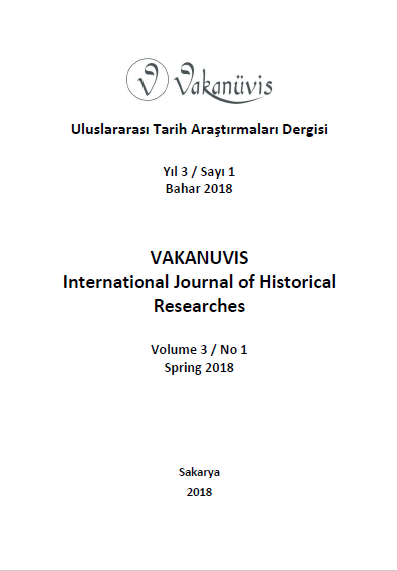Osmanlı Tekkelerinde Beslenme XVI. Yüzyılda İstanbul'daki Halveti Tekkeleri Örneği
Nourishment in the Ottoman Dervish Lodges: The Example of Halwati Lodge in Istanbul in the 16th Century
Author(s): Ayşe BölükbaşıSubject(s): Cultural history, Welfare services, 16th Century, The Ottoman Empire
Published by: Serkan YAZICI
Keywords: Convent; Khalwati; convent kitchen; imaret;
Summary/Abstract: In the sixteenth century of Istanbul, the Khalwati convents could be classified into three groups considering how they satisfy the need for food; the convents with its own kitchen, the convents that supply the food from the imaret of the complex, the convents about which we have no information where to meet the need for food. The convents were serving meals to the the convent staff, the household of the sheikh, the staff of other units in the complex -if the convent was constructed in a complex, the poor, the guests that spent the night in the convents and the guests on blessed days and nignts. Owing to serving food to a large segment of society, the convents got in touch with many people. Although the fund for feeding people, the staff who prepares food and kitchen utensils etc. were registered in detail in vakf documents, it is possible to find limited information about architectural details of the convent kitchens. Convent kitchens could have been in modest dimensions as well as large scale structures operating like imaret. When the kitchens are examined from a spatial point of view, it is seen that the convent kitchen was placed near the units of the "selamlık" unit. In the vakf documents also, feeding units such as "taamhane", "kilar", "fırın" are mentioned. These structures were mostly located near the convent kitchen.
Journal: Vakanüvis- Uluslararası Tarih Araştırmaları Dergisi
- Issue Year: 3/2018
- Issue No: 1
- Page Range: 83-112
- Page Count: 30
- Language: Turkish

